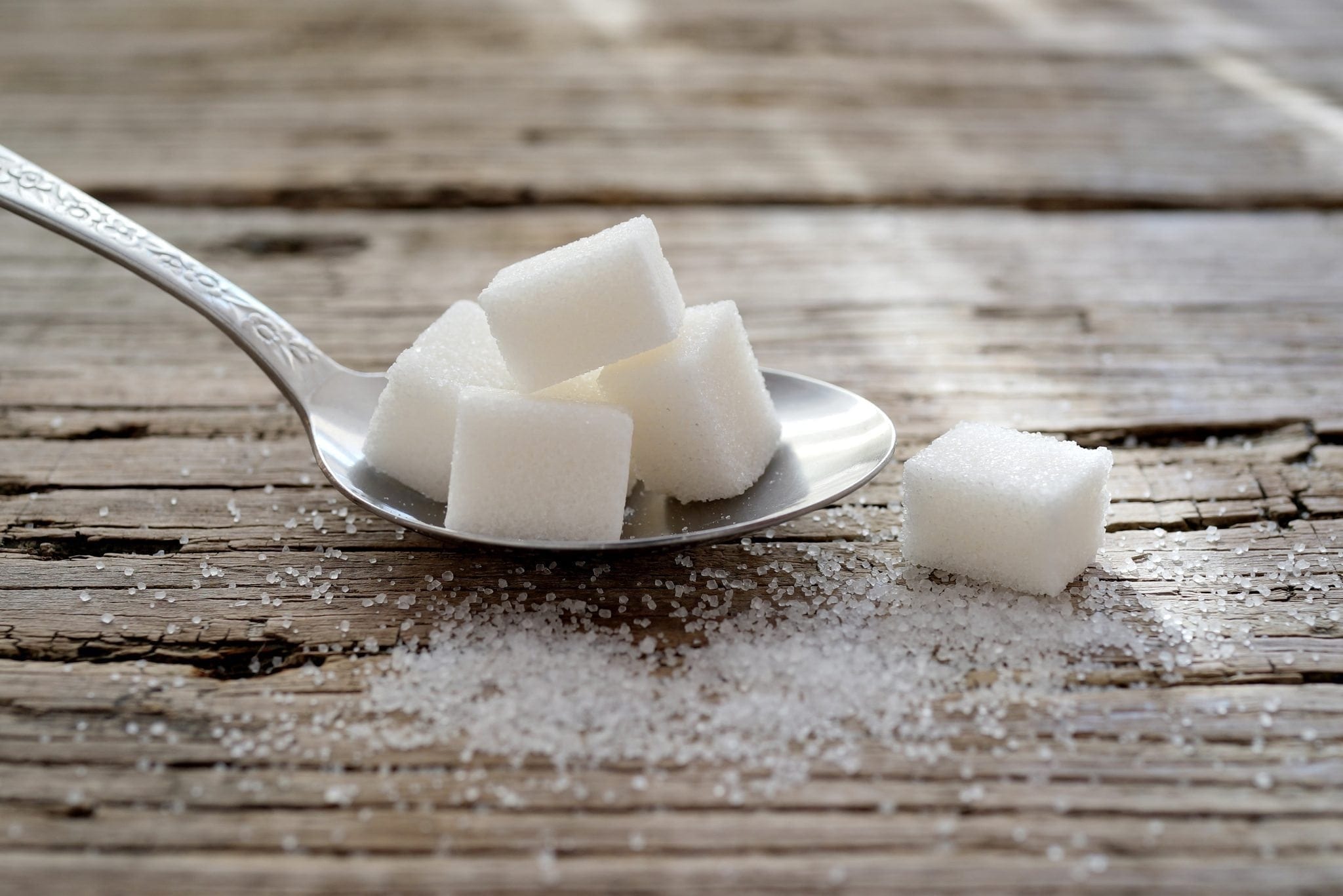For many decades, fat was featured as the culprit for heart disease while sugar stayed on the sidelines without much negative attention. Low-fat became popular in the American diet leading to an expansion of low-fat, high sugar products, which some experts believe fueled the obesity crisis. So, how was sugar able to lay low? Two words: Industry-funded research.
Findings from Sweet Fundings
Recently, the New York Times broke an article about how the sugar industry shifted the blame to fat. They reported on the work of Dr. Cristin E. Kearns of University of California, San Francisco (UCSF), who looked into past records by the Sugar Research Foundation, aka the Sugar Association. What sweet nuggets did they find?
The Sugar Association funded a research project in 1965 by paying Harvard Scientists an equivalent of $50,000 in today’s dollars to publish a literature review on coronary heart disease in the New England Journal of Medicine. Their review concluded that fat and cholesterol were dietary culprits for heart disease while the role of sugar was downplayed. Whether intentional or not, this action helped spark America’s fear of fat.
How “Low-Fat” Became Popular
The Sugar Association’s president, Henry Haas, identified in his speech an opportunity to increase sugar’s market share by getting Americans to eat a lower-fat diet. Haas claimed that leading nutritionists found a link between a high-fat diet and the formation of cholesterol, which clogged arteries and capillaries, restricted the flow of blood, and caused high blood pressure and heart trouble.
During this time, the American diet was made of 40 percent fat. Haas’ strategic plan included slashing fat consumption to 20 percent and recapturing the other 20 percent with carbohydrates. The sugar industry commenced their strategy by subsequently spending $600,000 ($5.3 million in 2016 dollars) per year for at least 3 years to promote sugar in the diet. This included educating the public that sugar is “what keeps every human being alive with energy to face [their] daily problems.”
This tiny slice of sugar history shows how the food industry can exert its influence in nutrition science. Food industry can shift the way we think about nutrition by funding research that they may have something personal to gain. For example, the Sugar Association’s mark can be seen in the 1980’s dietary guidelines which recommends reducing fat as the main strategy to prevent heart disease.
Why Consumers Should Care and Be Aware
The focus here shouldn’t be an incrimination of fat or sugar. Rather it shows that science isn’t foolproof. The Sugar Association’s sticky relationship with researchers reminds us that industry-funded research represents a large conflict of interest that may compromise a researcher’s professional judgment.
There’s no doubt about it: scientific breakthroughs require money. While most studies are funded by government grants (think: National Institute of Health (NIH) and National Science Foundation), these funds are finite, driving some researchers to look elsewhere for the dollars. Clearly, this isn’t the only example where food companies have provided funding to publish biased studies. For example, Coca Cola was accused for funding studies that shift the obesity blame away from bad diets.
Ultimately, higher research standards (read: reliable, unbiased and responsible), whether corporate-funded or not, are needed to prevent conflict of interests or to ensure unbiased presentation of results to the public. As a consumer, be aware and skeptical about industry-sponsored research—read up on claims and studies before buying the latest “clinically-proven” product.
Do you think food companies should be allowed to fund their own studies?




